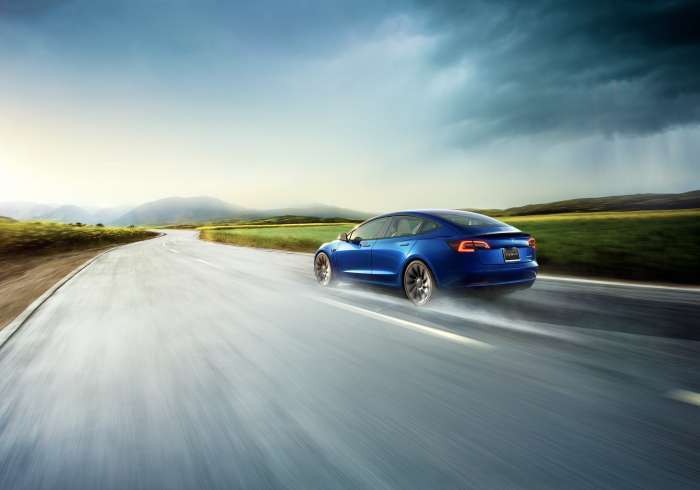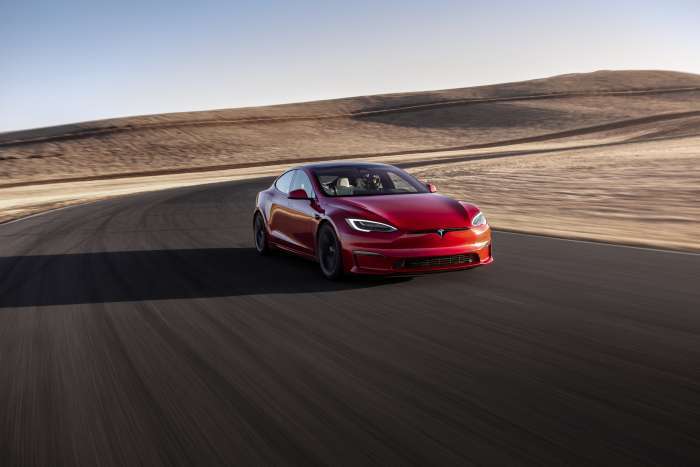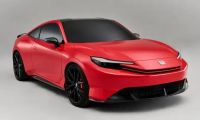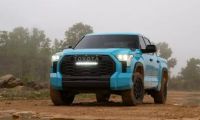German technology giant Bosch is already working on the level of 6G connectivity for cars. This is being developed through a project called 6G-ICAS4Mobility, financed with public funds, which basically seeks to establish a closer connection between vehicles and the so-called Internet of Things (IoT).
IOT is a network of objects, machines, and people that communicate through an interface to exchange data and carry out specific tasks. 6G, which can offer speeds up to 1 terabit per second, could play a key role in enabling cars to interact with the environment and other vehicles.
This technology is expected, in this case, to allow cars to communicate with each other, to receive real-time information about the environment in which they circulate, as well as to locate and detect objects in the environment. This will enable a more efficient and safe driving experience, by alerting drivers to possible risks and improving the accuracy of traffic information.

In the context of 6G-ICAS4Mobility, Bosch is currently researching the technology in an industrial environment, and continues to expand the project. This new expanded network will allow fully autonomous circulation in environments specially built for that purpose, such as factories or very specific parts of cities, as of now. Its operation will actually be much simpler than expected: the set of elements located in a specific environment, such as a street, will be read through a series of sensors and radars attached to the vehicle itself.
At the same time, the traffic lights and vehicles will be connected to each other through the 6G network and will also be able to communicate with each other. In this way, a more precise digital image is created and a complete map of the environment in which they are located is digitally visualized.
The 6G-ICAS4Mobility project aims for vehicles to send their different readings to the “cloud” and for everyone else to access this data individually. This will be of great help in the event of an accident, for example, since the cars involved in the collision will be avoided by the other drivers, who in turn will be able to find an alternative route so as not to congest the surroundings.
Over the next three years Bosch will continue to develop the foundations of this technology, in order to implement it in future electric and autonomous cars. Their goal is to do so by the end of this decade or in the early 2030s. However, to achieve this they will need not only for the vehicles that move through any given environment to have this technology incorporated, but also for other elements or at least parts of the driving paths to include it as well.

For this reason the company estimates that the first places where these features can be adopted will be, as mentioned before, closed environments such as factories or places without access to outside traffic, such as specific neighborhoods. To achieve this, the use and exchange of data between vehicles and the environment will be crucial. This technology also contemplates the so-called "lateral link", where one vehicle provides coverage to another in the event of a lack of network connection.
Currently, the investigation of 6G connections is leading to multi million-dollar investments by private companies and public bodies. The Government of Germany has already allocated a total of 700 million euros until the year 2025 for this purpose alone. The European Union, for its part, also did the same in 2021, investing 900 million euros until 2027. Globally, other countries are also making large investments, such as the United States, Japan, South Korea and China. Experts predict that 6G will start reaching users by the year 2028.
Bosch: 6G project opens up new possibilities for connected mobility #Automotive #Logistics #SupplyChain #Transportation @automotiveworld https://t.co/wW4DrpBipd
— Shipping & Freight Updates (@FreightUpdates) January 2, 2023
It is clear that Bosch has taken a giant step in the development of 6G technology. Through 6G-ICAS4Mobility, the company clearly aims to become a pioneer in the world of autonomous vehicles, providing a more secure and connected driving experience to all.
Source: Robert Bosch GmbH
All images courtesy of Tesla Inc.
Nico Caballero is the VP of Finance of Cogency Power, specializing in solar energy. He also holds a Diploma in Electric Cars from Delft University of Technology in the Netherlands, and enjoys doing research about Tesla and EV batteries. He can be reached at @NicoTorqueNews on Twitter. Nico covers Tesla and electric vehicle latest happenings at Torque News.












